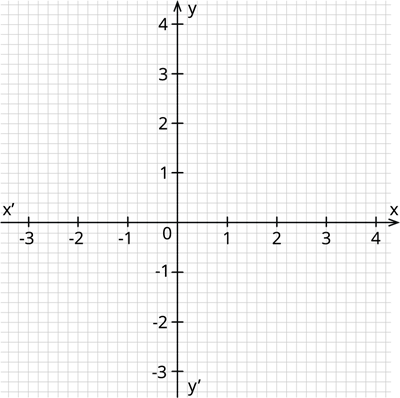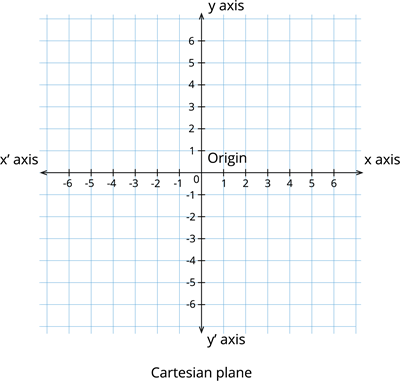UPSKILL MATH PLUS
Learn Mathematics through our AI based learning portal with the support of our Academic Experts!
Learn moreNumber line:

In the above number line, the position of point \(P\) can be represented as \(6\) units with the reference of origin to one line (horizontal line).
A similar rule applies to the negative side of the number line as well. It is possible to represent the position of a point with reference to more than one point.
Descartes invented the idea of placing two such number lines perpendicular to each other on a plane and locating points on the plane by referring them to these lines.
Descartes invented the idea of placing two such number lines perpendicular to each other on a plane and locating points on the plane by referring them to these lines.
The perpendicular lines may be in any direction. But, when we choose these two lines to locate a point in a plane in this chapter, one line will be horizontal, and the other will be vertical, as below.

Cartesian system:
- It is a co-ordinate number system used to describe the position of a point in two dimensions(\(x\)-axis and \(y\)-axis).
- The line \(X'OX\) is the horizontal line called the \(x\) - axis.
- The line \(Y'OY\) is the vertical line called the \(y\) - axis.
Co-ordinate axes:
The plural form of axis is called the axes. A number line represented horizontally is the \(x\)-axis and a number line represented vertically is the \(y\)-axis. Joining both the lines together at origin is called the \(xy\) plane or cartesian plane or co-ordinate axes.

Signs in the graphs:
- In \(x\) - axis, the point is positive along the direction \(OX\) and negative along the direction \(OX'\).
- In \(y\) - axis, the point is positive along the direction \(OY\) and negative along the direction \(OY'\).